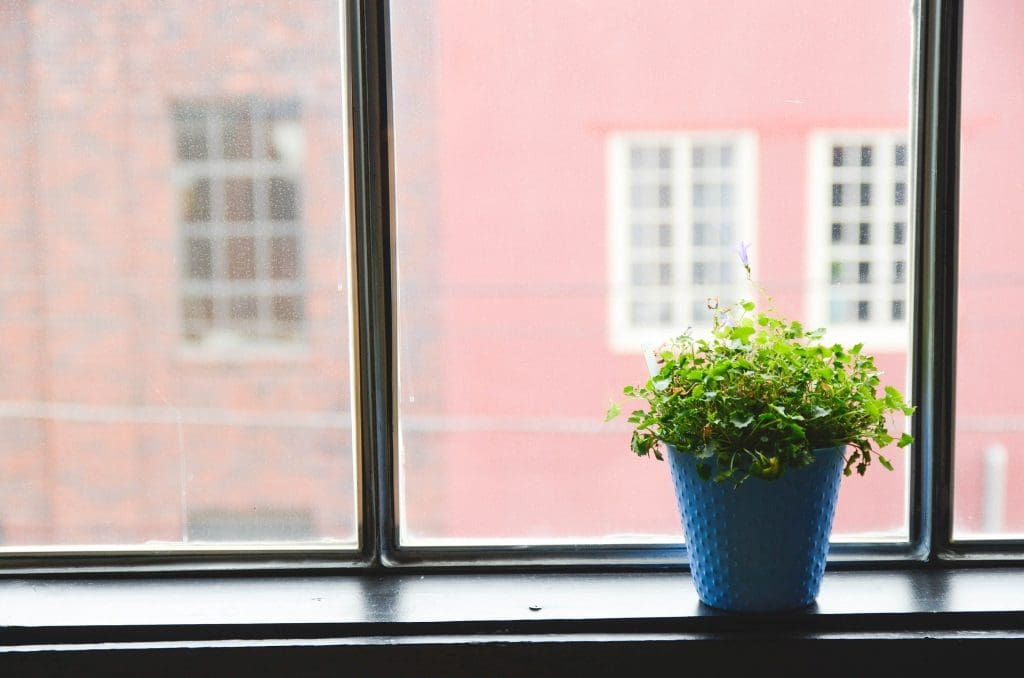
Easy-to-Follow Eco-Friendly Guide to a Clean Home
In the US, “one in three people suffer from allergies, asthma, sinusitis, or bronchitis,” according to EarthEasy. When you focus in on the Pacific Northwest, you quickly see that something is causing people in that region to suffer from weaker immune systems or autoimmune disease.
The market for alternative home cleaning supplies is hot, meaning it’s much easier for you to nix products laden with toxins. To keep your space as eco-friendly and natural for you and loved ones, we’ve compiled some tips and tricks to help keep the good stuff in and the bad stuff out, including the bad vibes that come from a cluttered home.
More Ways to Make Your Home (Eco) Friendlier
Your home should be a clean, safe space. If you find that you’re still overwhelmed by a room after cleaning it, consider decluttering, organizing, and looking for more eco-friendly housing options. If you have too many things, no amount of vinegar or essential oil can truly cleanse a space. Consider decluttering your home, and you can get started by organizing things into recyclable, donation, sell, and trash piles. Get rid of all the surfaces that are unnecessarily giving you anxiety when you enter the room.
Organize rooms in a way that’s practical and comfortable. Often times, the most practical organization is the most aesthetically pleasing as well. Once the furniture is sorted, consider adding some greenery to each room. Plantlife will enhance your quality of life by, first and foremost, helping you breathe easier. Air quality is important for mental health, too. Focus on work and school work easier in a room with fresh air.
If you feel like doing more to make your home eco-friendly, consider environmentally friendly upgrades, such as a recirculating water pump in the bathroom and kitchen, or insulating your home with a recycled product that’s naturally fire retardant. Take it a step further and replace your appliances with energy-efficient options, Angie’s List recommends installing solar panels and collecting rainwater, which can have an almost immediate effect on your home and wallet.
Choose Eco- Friendly, Chemical-Free Products
Since regulations aren’t as tight as manufacturers would like you to believe, you can’t rely on a product’s marketing to help you steer clear of chemicals. Instead, spend some time with a product’s labels before making your next purchase.
If a label mentions fragrances, phthalates, DEA, MEA, TEA, ammonium compounds, sodium lauryl sulfates, or MIT and CMIT, put the bottle back on the shelf. Instead, look for products that are fragrance-free, preservative-free, and chemical-free. However, check the ingredient list to ensure there isn’t a fragrance that’s being concealed by something else.
It can seem like a lot of work to go through every label, so turn to these products when in doubt:
- Bon Ami Powder Cleanser
- Meliora Cleaning Products Gentle Home Cleaning Scrub
- Meyer’s line
- Biokleen
These are all options that are sure to keep everyone breathing normally. Go even further with this and stock up on some supplies to make your own DIY eco-friendly cleaning products.
Grab a Cart for These Natural Ingredients
There are some things you can’t DIY, like your favorite pair of running shoes, but cleaning supplies are totally doable. Next time you’re at the store, consider stocking up on ingredients to make your own chemical-free, cost-effective cleaning supplies. Baking soda, castile soap, vinegar, lemons, olive oil, and essential oils are six all-natural ingredients you can stock your cleaning closet full of. What’s more, they’re often very affordable!
Tackle the bathroom with a spray bottle of vinegar (one part vinegar, one part water) for the tub, shower, and sink, and baking soda and essential oil for the toilet. Spray the vinegar, dump the baking soda into the bowl along with essential oil and a bit of vinegar, and scrub the toilet while the vinegar works to get rid of soap scum and mildew.
For kitchens, use the same spray bottle of vinegar for all surfaces, including the microwave and oven. Add coarse salt to really dirty dishes for extra scrubbing power, and use lemon to safely sanitize your cutting boards. Everything from laundry detergent to an eco-friendly wood varnish can be made with all-natural ingredients.
The possible improvements you can make in your life and home to live eco-friendly are endless. By putting a bit of the information above to use, you can start living a more natural, chemical-free life today. Little changes lead to big results.
Image courtesy of Pixabay
About the Author
Ginger Reid spends her time writing and searching for ways to make a positive impact on our planet. She believes that any small changes will help cut our environmental footprint.
